Co-evolución entre la Web Social y la Web Semántica
Texto completo
Figure
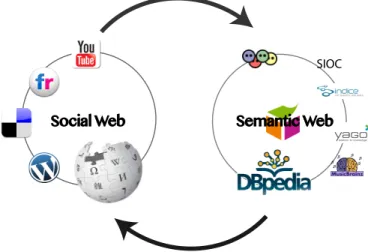
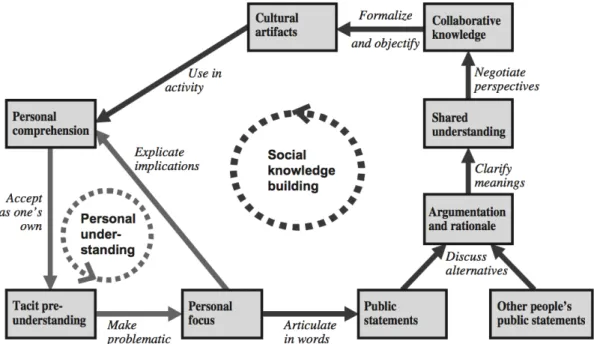
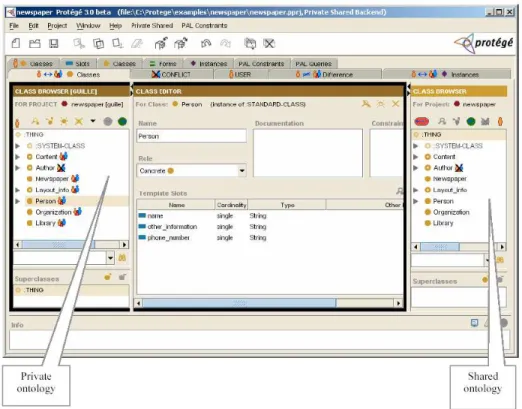

Documento similar
Aiming to address such problems, we present herein a system called cTag, which consists of an algorithmic framework that allows identifying semantic meanings and contexts of
Keywords: Validity, regulatory systems, legal theory, Semantic Web (SW), legal ontologies, Normative Multiagent Systems (nMAS)..
This backward transition from syntactic blocks to semantic ones can be seen as a reverse engineering approach (see Figure 5), where the main concern is to
The mapping of those social tags to our ontological structures involve three steps: the filtering of tags, the acquisition of semantic information from the Web to map the
We split the tagging information of a given user into two parts. The first part forms the user profiling information, whereas the second is used for the automatic topic
In previous work (Fernández-Tobías et al., 2011) we proposed a semantic-based framework that aims to extract and aggregate DBpedia concepts and relations between
In this paper, we have presented two novel techniques that exploit user and document profiles defined in a social tagging system to personalize the result rankings of a Web
The second system, (reported in[3]), supports semantic search, based on formal domain knowledge, over non-semantic World Wide Web docu- ments. The semantic search system
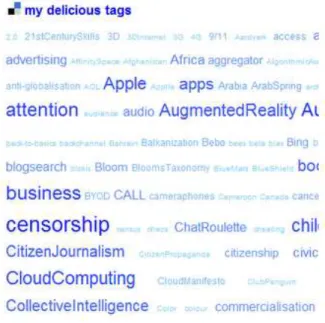
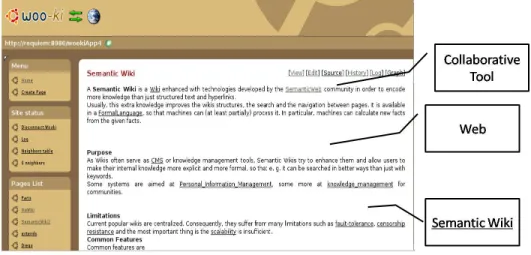
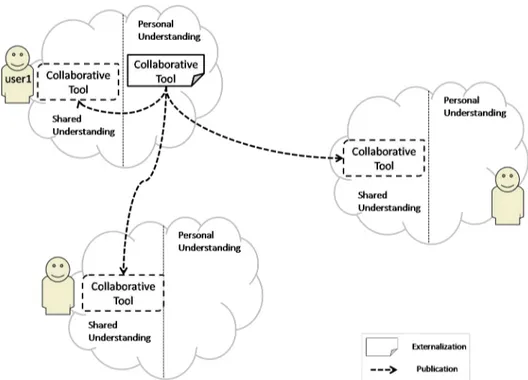
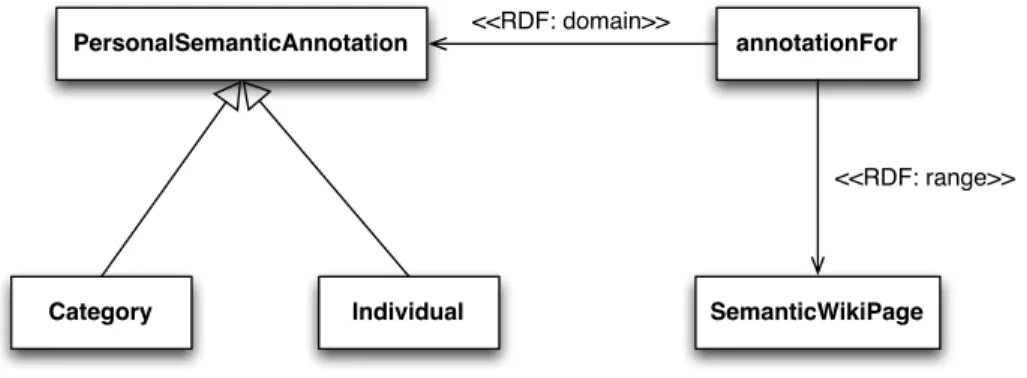
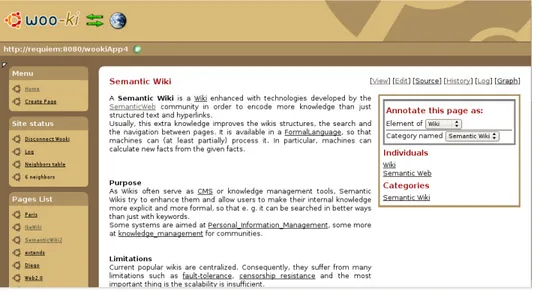
![Figure 5.1: Tagging Flow P ropertyT ag(X, P ropName, OW ebContent) ≡ SemW iki(X) ← ([[P ropName :: OW ebContent]])](https://thumb-us.123doks.com/thumbv2/123dok_es/4613055.44704/62.918.186.658.253.518/figure-tagging-ropertyt-ropname-ebcontent-semw-ropname-ebcontent.webp)